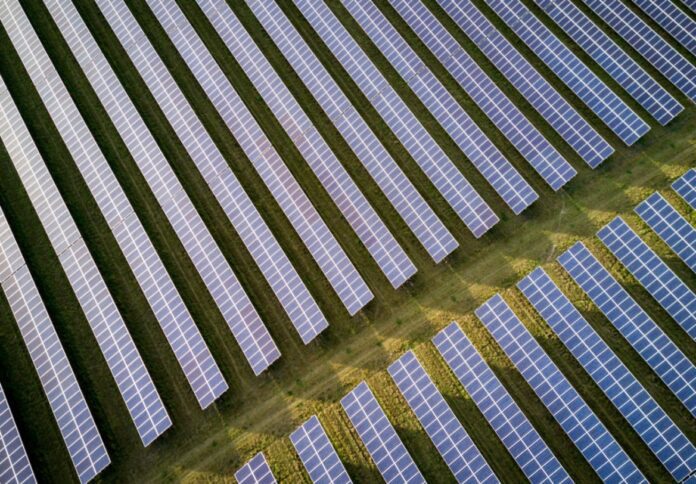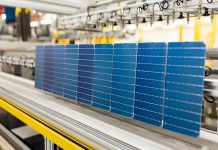
The University of South Australia (UniSA) has released new research highlighting potential pathways to extend the lifespan of solar photovoltaic (PV) panels and reduce their environmental impact, as Australia faces a growing challenge of solar waste.
According to UniSA, Australia leads the world in per-capita rooftop solar installations, with systems typically lasting 20 to 30 years. However, many are replaced earlier, contributing to what the Australian Energy Council projects will be a cumulative total of 280,000 tonnes of end-of-life solar panels by the end of this year.
UniSA PhD student Ishika Chhillar led the study, which examined the barriers preventing large-scale reuse of solar panels and outlined strategies that could support a more circular economy for the solar sector.
In findings released by the University, Chhillar said recycling alone would not be sufficient to manage the rising volume of end-of-life panels.
“The large-scale reuse of PV panels faces technical, economic and regulatory barriers,” Chhillar said. “There are many key challenges including the low cost of new panels undercutting the resale PV panel market, a lack of incentives for reuse of the panels, different policies for reuse across states, lack of liability for second-hand installations and a limited infrastructure for testing and refurbishing of used panels.”
Chhillar said these obstacles need to be addressed through coordinated action from industry, government and consumers, noting that collaboration is key to unlocking environmental and social benefits.
“Industry, government, academic and consumers all recognise that these barriers can and must be overcome, and that with the right frameworks in place, Australia can extend the life of its solar panels with true environmental and social benefits in the process,” she said.
The research identified several barriers to reusing panels, including the declining cost of new systems, which limits financial motivation to purchase used panels.
UniSA noted that there are currently no rebates or credits for installing second-hand panels and that reuse regulations differ between states and territories.
Chhillar said the lack of a national reuse framework or certification process contributes to uncertainty among installers and consumers.
“Currently, the lack of any standard certification for used panels means buyers and installers have little to rely on besides a seller’s word, but an official certification process would change that,” she said.
“A credible certification program should include standardized testing protocols for used panels. By bridging the trust gap, certification can transform reused panels from a risky option into a transparent and standardised product category.”
According to UniSA, such a program could include a grading system that provides clear information about a panel’s remaining efficiency and lifespan.
“One option is certification being accompanied by a clear, consumer-friendly grading system such as a gold, silver or bronze classification or a star-rating label to indicate the remaining efficiency and expected lifespan of a panel,” Chhillar said.
UniSA Associate Professor Sukhbir Sandhu, who contributed to the research and specialises in social and environmental sustainability, said that technological solutions could also help improve transparency and traceability in the reuse market.
“If each solar panel’s history and performance data could be recorded in a database accessible to buyers and regulators, it would dramatically reduce uncertainty,” Assoc Prof Sandhu said.
“Industry experts we spoke to for this study proposed solutions ranging from simple QR-code labels to blockchain-based platforms that track a panel’s ‘digital passport’ throughout its life.”
Assoc Prof Sandhu said that better traceability could support informed decision-making and encourage reuse where appropriate.
“By acting on these recommendations, Australia can not only mitigate the waste problem but also unlock the maximum benefit of its clean energy investments,” she said.
“By embracing a structured approach to the repurposing of solar panels, the renewable energy sector can significantly extend the lifecycle of these resources, contributing to a more sustainable, efficient and circular economy.”



















